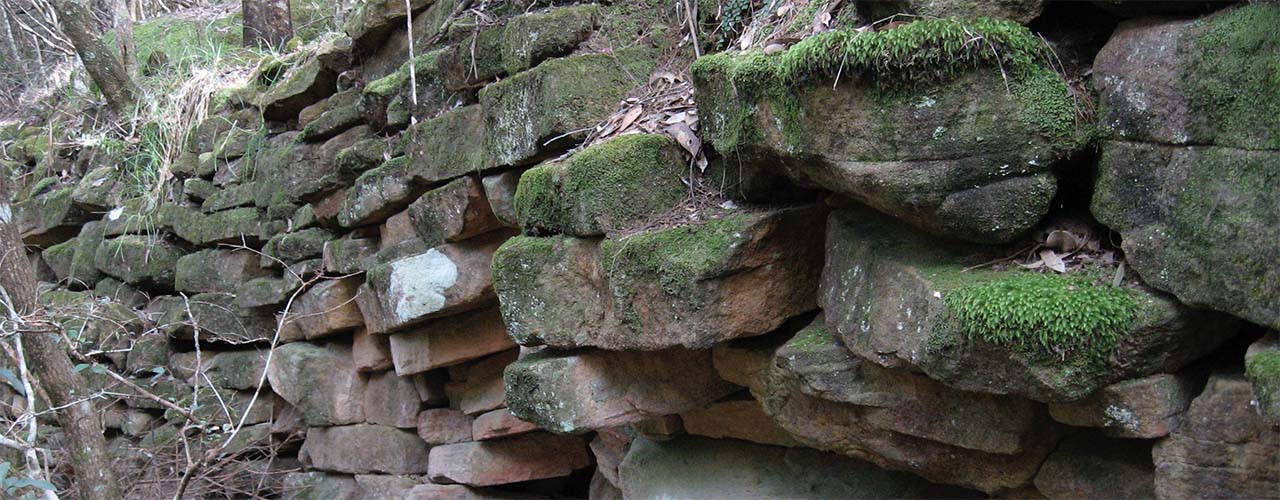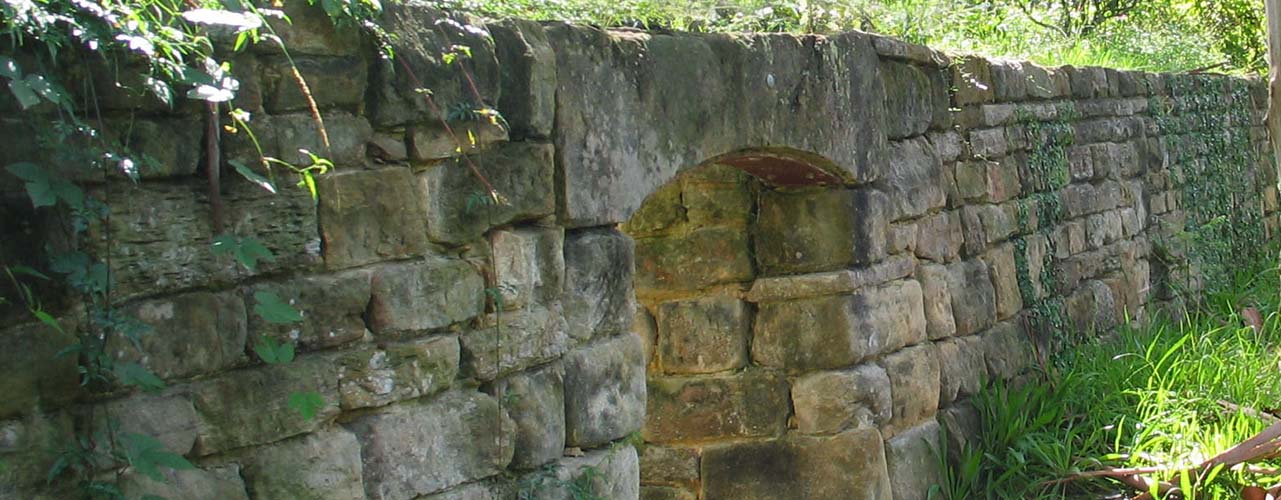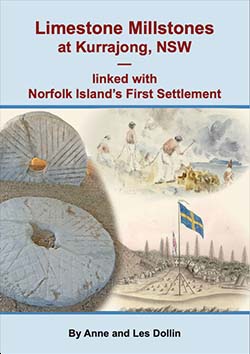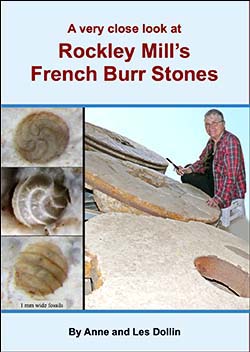The Singleton Family Flour Mills
at Kurrajong, Wisemans Ferry, Singleton and beyond
... based on the research work of Les Dollin.
A MAJOR NEW DISCOVERY
|
Clearly there is still much more to be learned by studying the early mills established by the Singleton Family!
The Singleton Family Mills
In the early 1800s, up to eight pioneering water-powered flour mills, and at least three steam-powered flour mills, were established in New South Wales, Australia, by brothers, Benjamin Singleton and James Singleton, and other family members. These mills were built between about 1810 and 1860. They were a crucial resource for the new British colony of Sydney Town and supplied urgently-needed flour to feed the growing population.
The Singleton family established:
-- two watermills near Kurrajong, on Little Wheeny Creek,
-- three watermills near Wisemans Ferry on the Hawkesbury River,
-- one watermill at Clarence Town on the Williams River,
-- one watermill at the town of Singleton on the Hunter River.
-- a mill at Maitland (under investigation), and
-- three steam-powered flour mills.
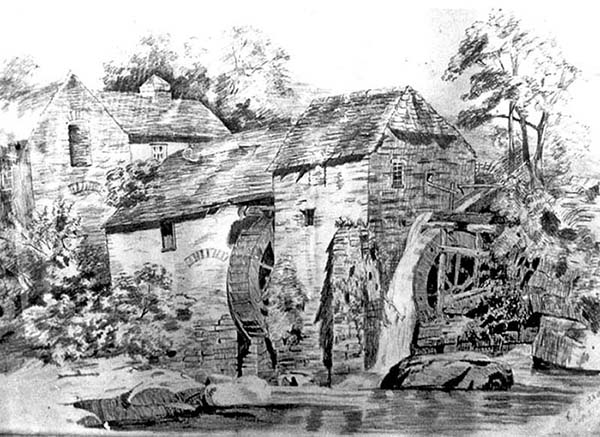
A sketch of the 'Lower Mill,' a watermill on Wheeny Creek, Kurrajong, by Esther Gray, 1888. Courtesy of the Kurrajong Comleroy Historical Society.
Flour milling technology
The Singleton watermills all contained huge spectacular wooden cogs which transferred the power from a massive timber waterwheel, some five metres in diameter, to pairs of specialised grinding millstones which weighed up to one tonne per stone. The technology required to build a successful mill was complex and many early mills in Sydney failed. It was an impressive feat that the Singleton brothers were able to establish these flour mills with such limited resources, and that many of these mills operated successfully for decades.
Some of the water-powered mills relied on water flowing down creeks or rivers ('watermills'), and others relied on the power of tides within a coastal river ('tide mills'). Read our website guide on how watermills and tide mills work.
In steam-powered flour mills, the power to drive the millstones and other flour refining equipment was supplied by a steam engine. Read our website guide on how steam-powered flour mills work (coming soon).
While the stories of the individual Singleton Family mills are fascinating, they illustrate a broader chapter in early Australian history:
– The rapid development of flour mill technology in Australia, in just three decades, and
– The achievements of industrious pioneers such as the Singleton brothers, who set up flour mills across a wide area of regional New South Wales to feed the developing Colony.
This little-known chapter of our Australian history will also be explored and explained on this website.
The mill research work of Les Dollin
This website features the historical research of Les Dollin of Kurrajong, who has been researching the mills built by the Singleton Family since 2001. Les is related to Benjamin Singleton, through Benjamin's sister, Hannah.
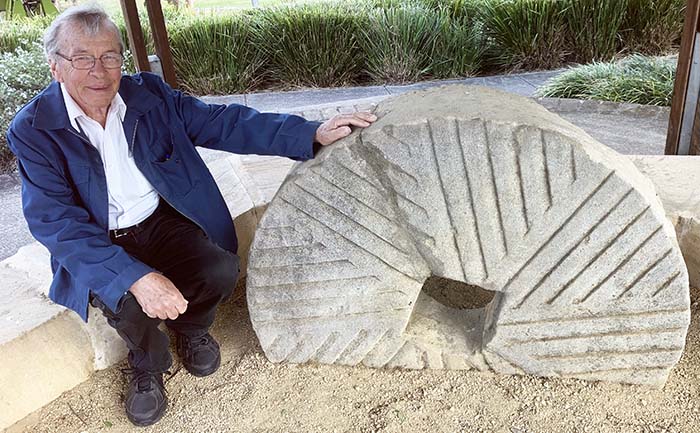
Above: Les Dollin with one of Benjamin Singleton's millstones from the early flour watermills at Kurrajong.
Les Dollin has spent thousands of hours finding hidden traces and ruins of flour mills in the Australian bush, studying old documents, maps and plans for clues, and researching how these mills worked. Les and his wife, Anne, also travelled to England, Wales and France in 2012 and visited working watermills, tide mills and a windmill, to experience what it was like to operate a mill and discuss mill technology with experts overseas. The sites of the two Singleton watermills at Kurrajong recently gained NSW Heritage Listing, with the assistance of the research findings of Les Dollin.
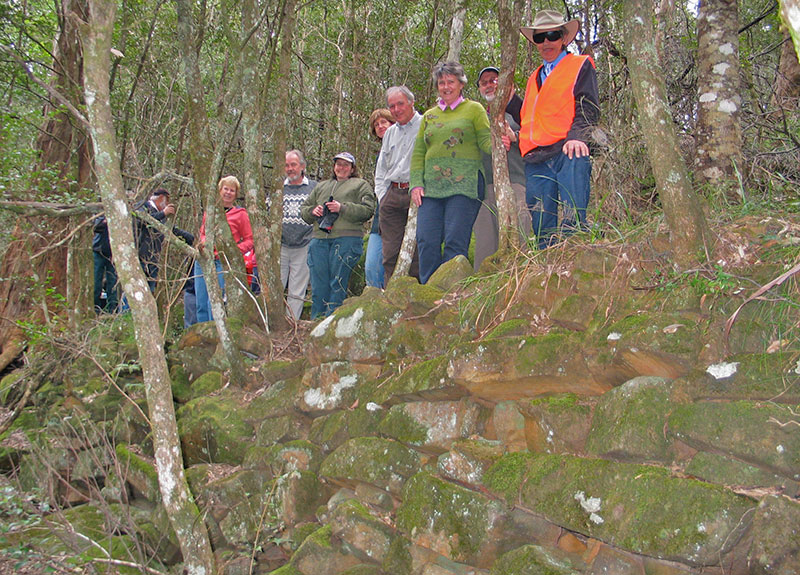
Above: Les Dollin (on right) leads an historical tour of the old millrace at one of the Singleton Mills at Wheeny Creek, Kurrajong. Photograph by Anne Dollin
We invite you to explore the wide range of descriptions, photographs and maps presented on this website about the historic flour mills built by the Singleton family in the 1800s.

